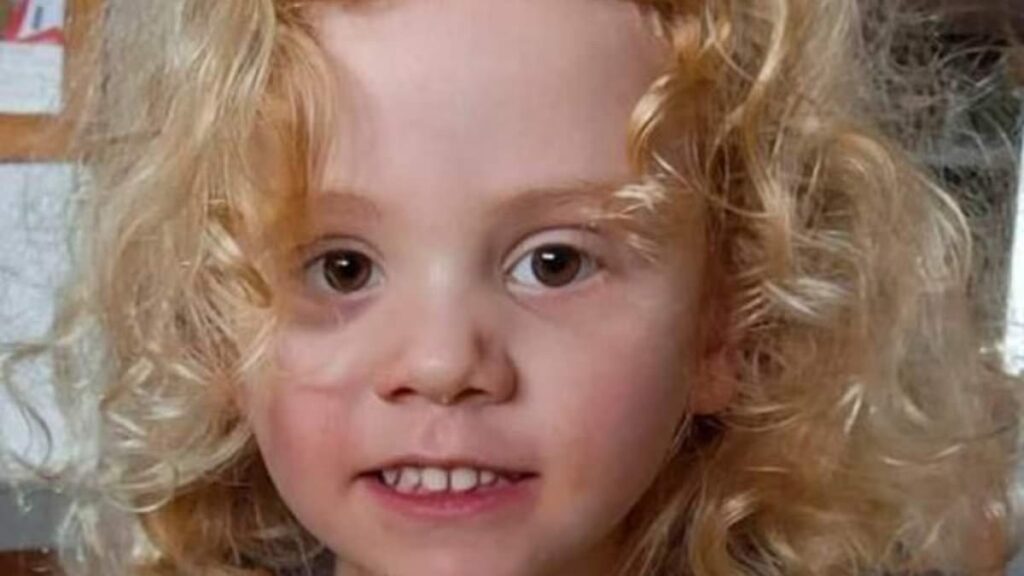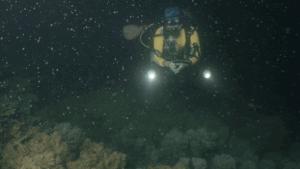
A disturbing theory surrounding the disappearance of four-year-old Gus Lamont in the Australian outback has been circulating online. The theory, fueled by an AI-generated image, has added a layer of complexity to the already challenging search efforts. Gus was last seen playing near his grandparents’ homestead on a sheep station 40 kilometers south of Yunta, South Australia, on the evening of September 27.
Despite an extensive search operation involving police, SES volunteers, and the Australian Defence Force, the only trace of Gus was a single footprint found 500 meters from the homestead. Authorities have since expressed doubts about the footprint’s relevance, as misinformation continues to spread online.
AI-Generated Misinformation
The online spread of misinformation has been exacerbated by an AI-generated image that falsely claimed Gus was seen with an unfamiliar man. This image, shared over 24,000 times on social media, depicted a man bundling Gus into a vehicle. The post alleged an eyewitness saw the boy with a man 100 kilometers from Yunta, but this claim has been debunked by authorities.
Dr. Sarah Wayland, an expert in missing persons, highlighted the challenges posed by technology in such cases. She noted that AI-generated content can blur the lines between credible and non-credible information, urging the public to verify facts before sharing them.
“The challenge of stories that have shown to be newsworthy or share-worthy means that the continual push for clicks is blurring the lines between credible and non-credible updates,” Dr. Sarah Wayland told The Advertiser.
Impact of Social Media and AI
Social media platforms, including Facebook’s Meta AI search, have inadvertently spread false information about Gus’s disappearance. Some users were misled by AI-generated summaries claiming Gus had been found alive, contradicting official reports from South Australia Police.
Authorities have urged the public to rely on official sources for accurate information. A police spokesperson emphasized the importance of cross-referencing information with trusted sources to avoid the pitfalls of AI-generated misinformation.
“Police urge caution when using artificial intelligence in internet searches and recommend cross-referencing the information with trusted sources,” the spokesperson said.
Search Efforts and Community Response
Despite the spread of misinformation, the search for Gus has been extensive. Hundreds of personnel, including specialist divers and tracking dogs, have combed the area using infrared cameras, ATVs, and drones. However, on October 3, police made the difficult decision to scale back the search from a rescue to a recovery operation.
South Australian Assistant Police Commissioner Ian Parrott acknowledged the slim chances of finding Gus alive, given the harsh conditions and the time elapsed since his disappearance.
“While we’ve all been hoping for a miracle, that miracle was not eventuated,” Commissioner Parrott said. “We’re confident that we’ve done absolutely everything we can to locate Gus within the search area.”
Local Theories and Historical Context
Locals have speculated that Gus may have fallen into a disused and unmarked mine, a common hazard in the region due to historical mining activities. These mines, often invisible to the naked eye, were used for water and gold hunting over a century ago.
Police believe Gus wandered off rather than being taken, as the remote location sees little traffic apart from station owners. The search continues, with authorities committed to following any new leads.
The case of Gus Lamont underscores the challenges of modern search operations in the digital age, where misinformation can spread rapidly and complicate efforts. As the search transitions to a recovery phase, the focus remains on finding closure for Gus’s family and the community.







